Every year, consumers are bombarded with a barrage of new products pertaining to their interests or hobbies. With the offroad industry covering so many lanes, the number of cool new gadgets, gizmos, and must-have tools is incredible. Online sources, magazines, and trade shows are only a few of the avenues these new products take on their way to our field of vision and become one of many reasons our bank accounts shrink just a little bit.
Maybe last year, you purchased a new utility knife that the interwebs swore you had to have…and so you bought it. But this year, that same knife maker has a new offering that does more, feels better in your hand, or just plain looks cooler than the one you bought last year. The truth is it’s pretty much the exact same knife you originally bought, but this one is the latest version, so it must be better.
In order to maximize the enjoyment of the time you spend doing the things you love outdoors various forms of equipment are oftentimes required. That can include a well-built 4×4 vehicle, certain types of hand tools, or even the latest electronic gadgetry. The real problem is figuring out how much is too much, and is this something you really need for your adventure or just something you want?
Marketing new products has come a long way. Catchy phrases, professional photography, and in-your-face advertising can completely change your view of two nearly identical products. At that point, it just becomes a case of ‘who did it better’? Add to it the fact that nearly every single item you could possibly ever want is available online (at least for your viewing pleasure), and your decision is that much harder to make.
One method many consumers use to beef up their equipment list with the things they need is to buy somewhat cheaper or lesser-known versions of the product they’re after. One doesn’t necessarily have to buy the biggest name brand item in order to get a quality product, or at least ensure they have all of the gear they’ll need for their excursion. They then will use that product (in its intended purpose, of course), and if it breaks or becomes useless, they can replace it with a better and possibly more expensive unit.
Still others choose to buy the exact product or brand they set out to get in the first place, even if it does cause the bank account to squeal a bit. The logic behind this method is while the initial cost may hurt a little, you’re only having to spend the money once. Using this technique can and does work a lot of the time, but the initial costs can be extreme and for those without expendable funds it isn’t a very reasonable way to go.
Not every item you buy absolutely has to be brand new. Great deals can be had on gently used items that are still in fantastic shape, bridging the gap between buying cheap equipment that could need replacement sooner rather than later, and gear that is tough but runs the cost of purchase higher than you want to spend. Marketplace type applications are everywhere, and the astute consumer can oftentimes find the gear they want at a price they can afford. It’s kind of a win-win.
Now that you’ve decided on the method you want to use to bring your equipment list up to snuff, you should probably do an inventory on what you need to have to get the job done and compare that to the things you want to have because they look cool or someone you follow has the same thing. There’s nothing wrong with having the “latest and greatest”, as long as that item meets your needs for what you are trying to accomplish; the ultimate goal is to have what you need for any situation you might get yourself into.
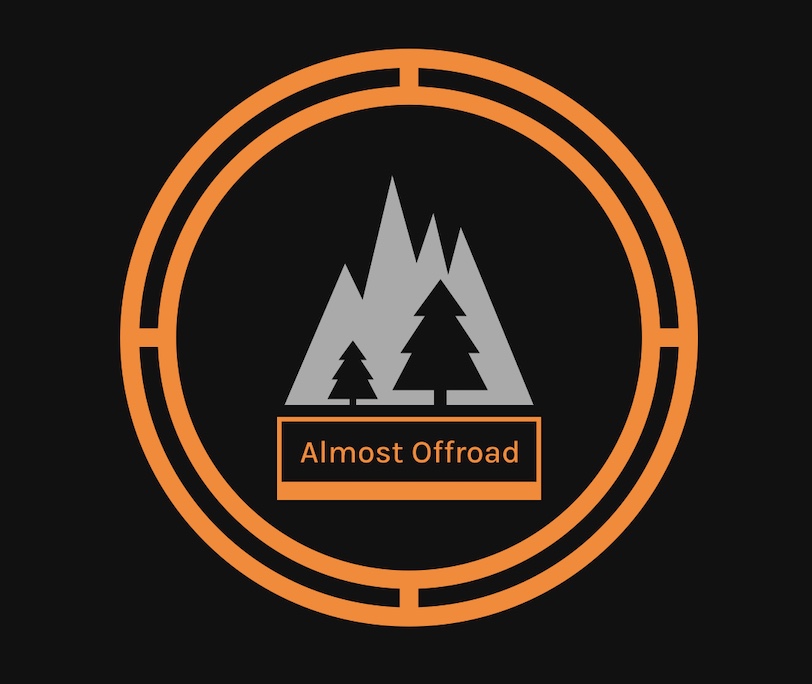
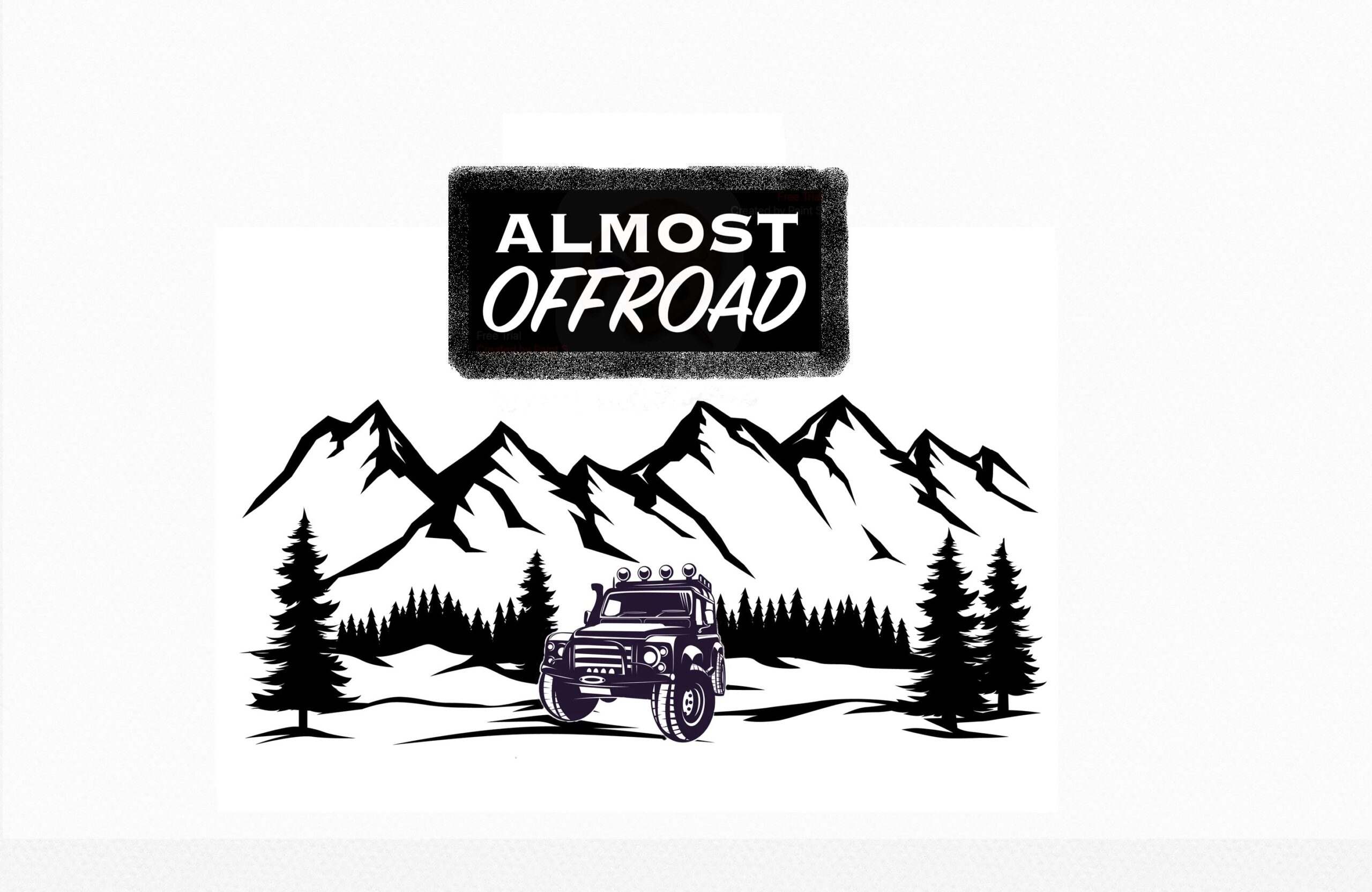

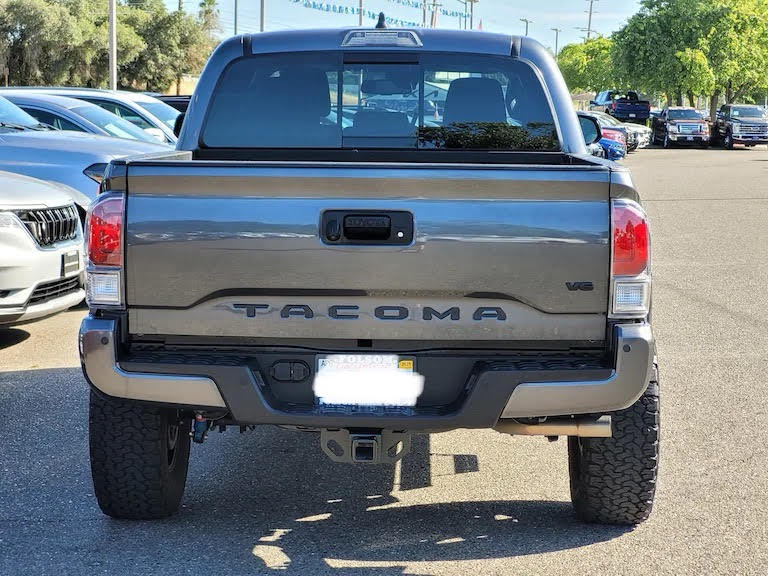
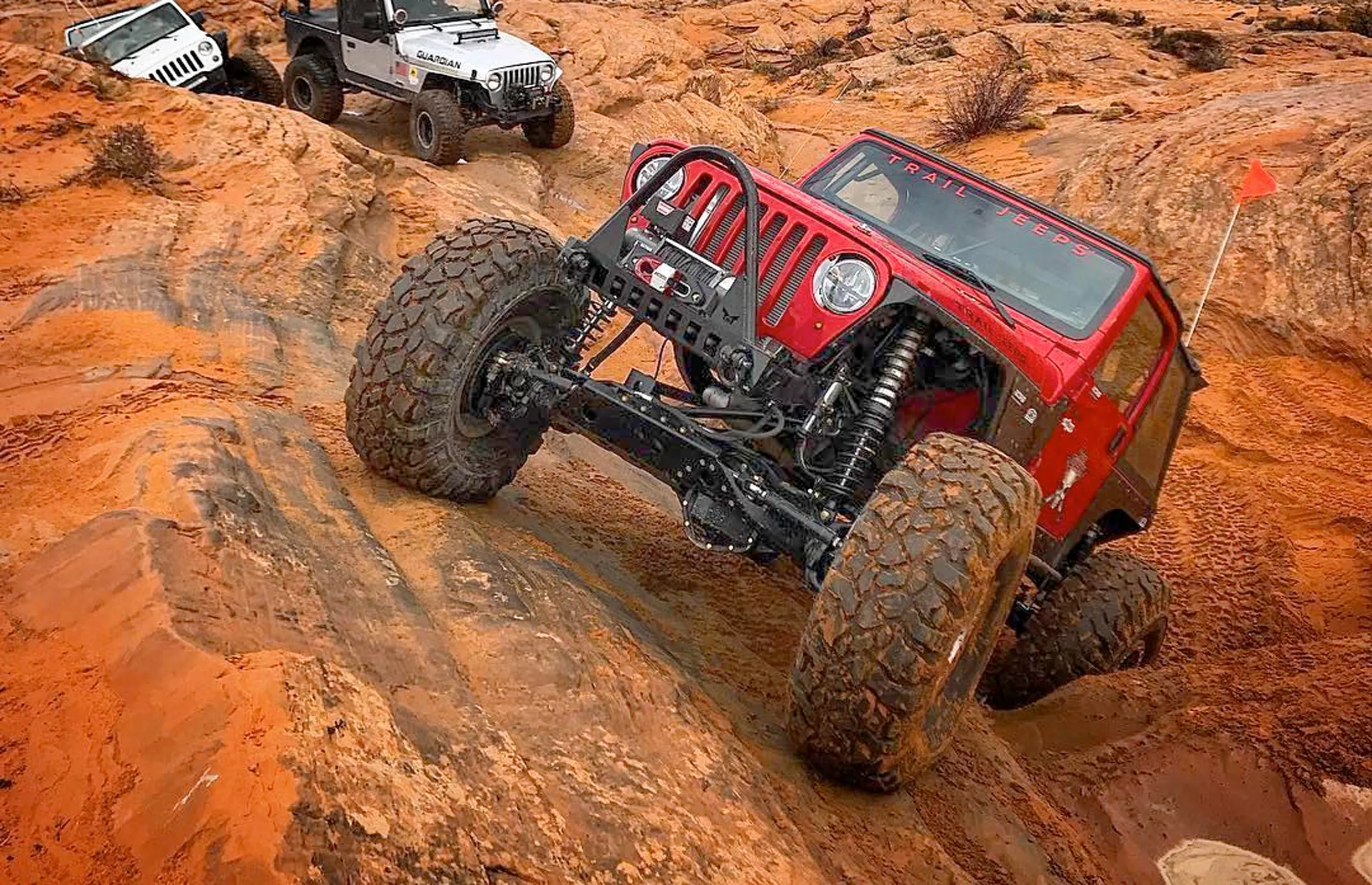
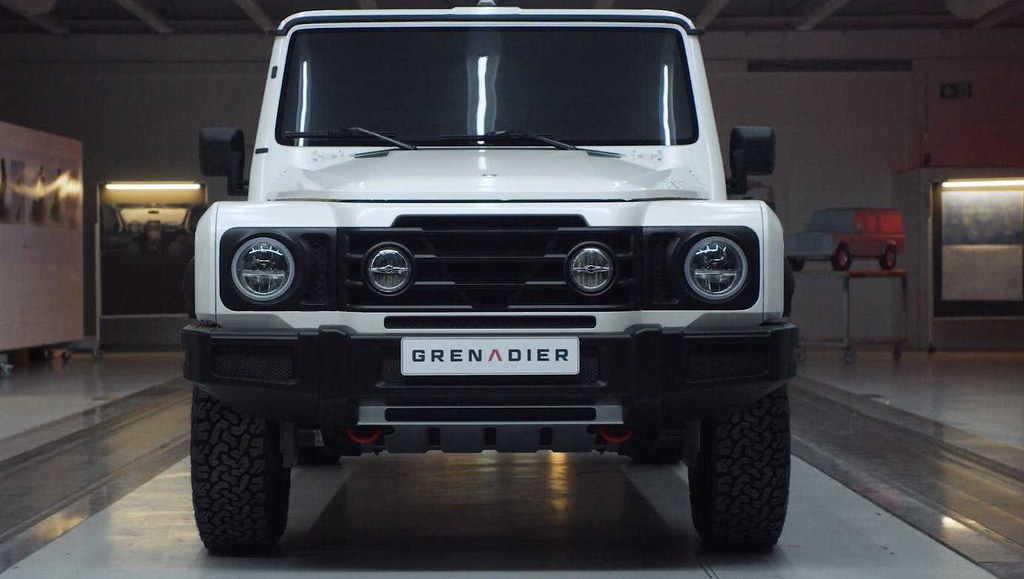
One response to “Oooh, what does this button do?!”
Woah! This is the best hub for offroading materials!